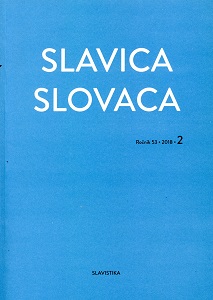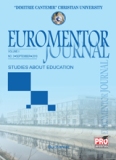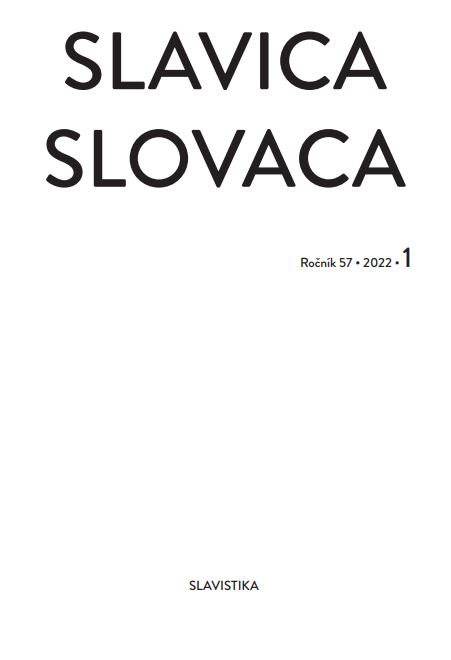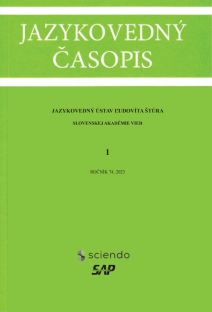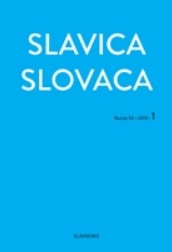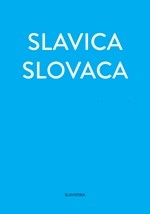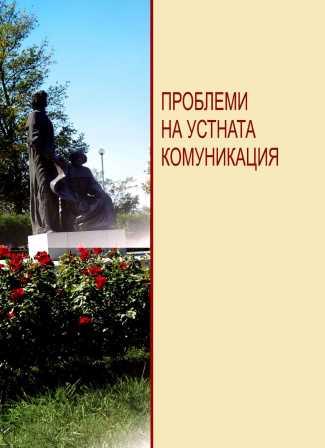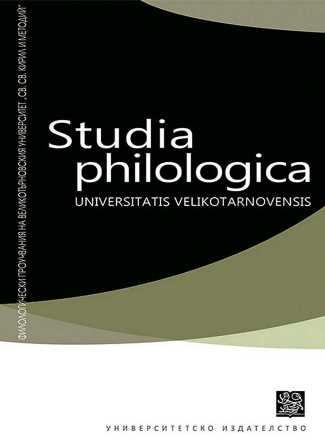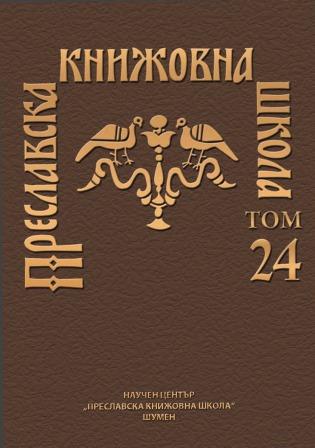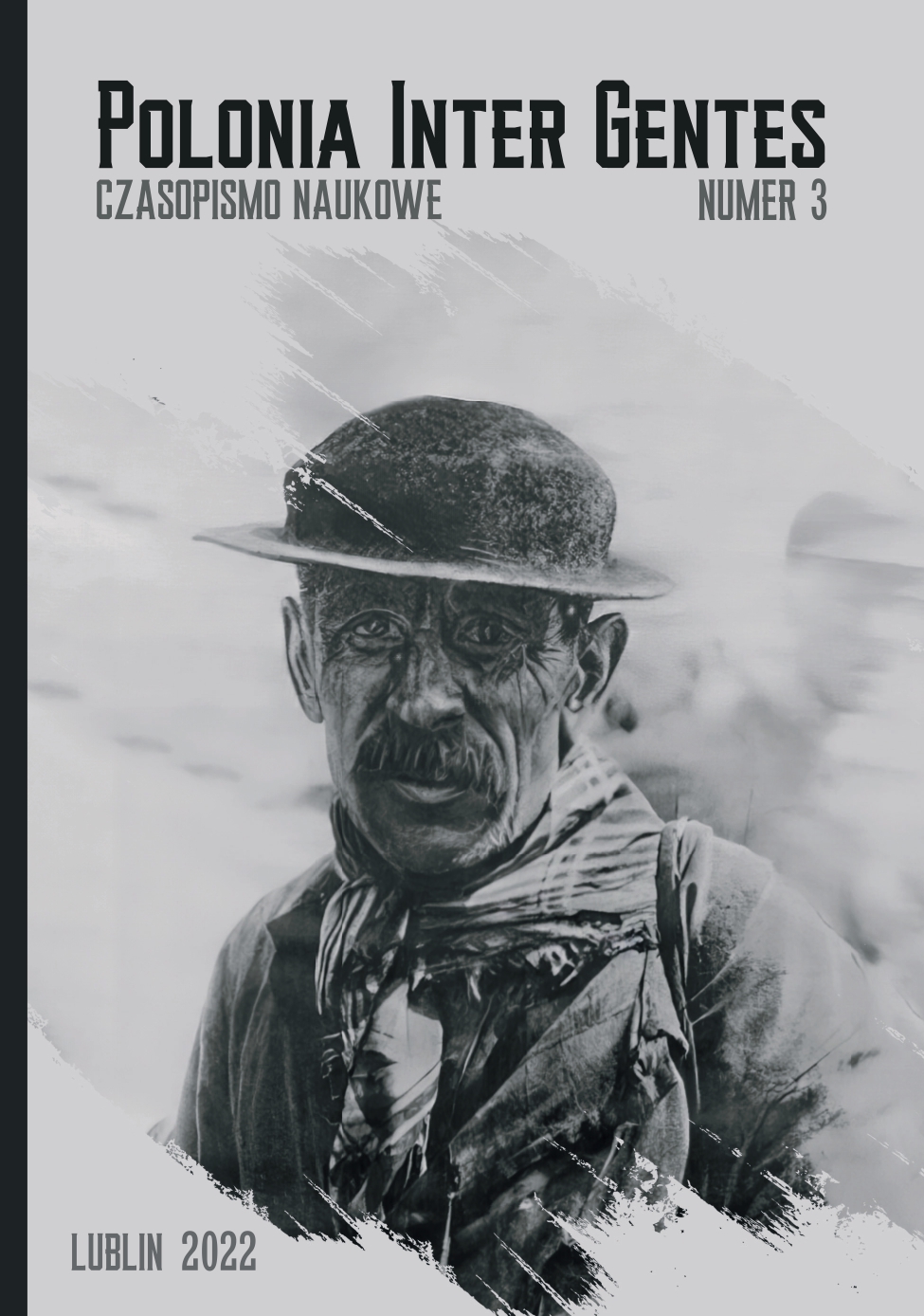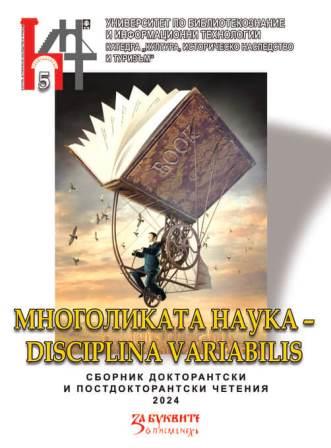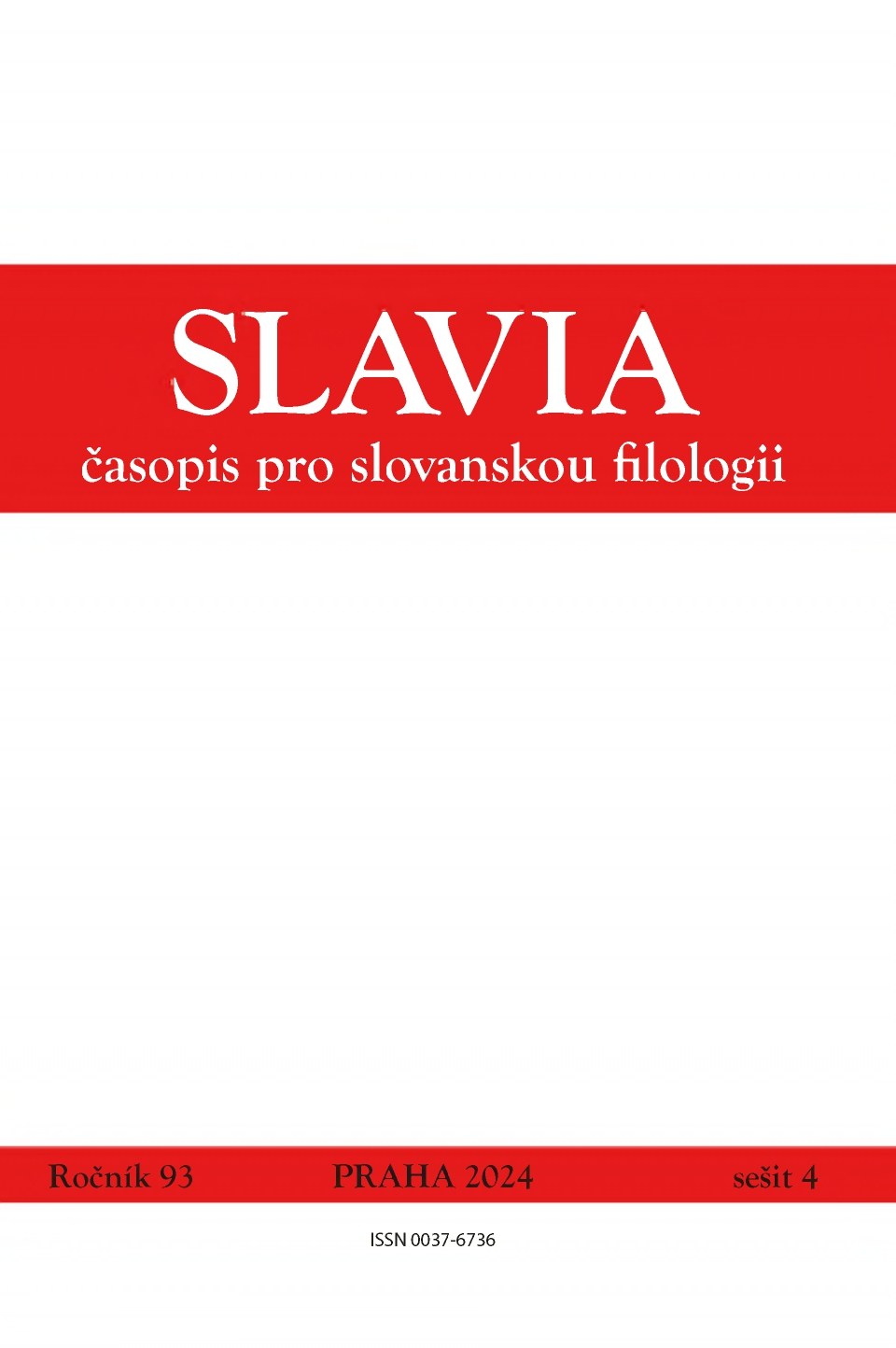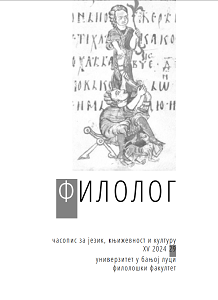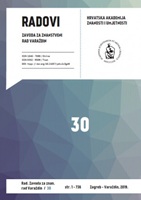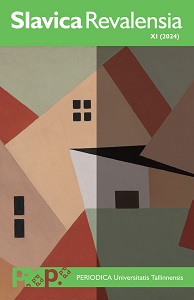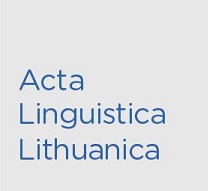Author(s): Stjepan Damjanović / Language(s): Croatian
Issue: 35/2024
Vatroslav Jagić was born on 6th July 1838, in Varaždin. He was christened Ignatius Jacobus. Ognjoslav and Vatroslav - the Croatian versions of Ignatius, first appeared in his secondary school certificates. The latter name fully prevailed. Vinko, his father, a cobbler and Ana née Kraljek, his mother, had six children, Vatroslav being the eldest. Jagić attended primary school in Varaždin and completed secondary education in Varaždin and Zagreb. He graduated from the University of Vienna and received a degree in classical philology. In the course of his studies, he started frequenting Slavic lectures given by Franc Mikloušič, whose influence prompted him to take up writing about the issuesin Slavic philology and closely observe literary works on Slavistics, both in and out of the Slavic countries. From 1860 to 1870, he taught classical philology at the Zagreb Gymnasium. The articles from that time provide a framework for his future prominent works in Slavic studies. Despite his youth, Jagić demonstrated a fascinating superiority in introducing the latest accomplishments of genetic linguistics into Croatian philology, namely the works of Bopp, Schleicher, Curtius, Buslaev, et al. In 1864, with his fellow researchers Josip Torbar and Franjo Rački, he launched Književnik, the linguistic journal. They intended to show that Croatia has enough scientific potential to establish the Academy of Sciences. The three volumes of their journal contained 1821 pages, of which Jagić himself penned 437, or a quarter. In 1866, at only 28, Jagić was elected asthe youngest of the first 16 members of the Yugoslav Academy of Sciences and Arts. By the decree of Ban Levin Rauch, he was dismissed from his post and left the Zagreb Gymnasium. In 1871, he became a professor at the Department of Comparative Grammar of the Indo-European languages at Odessa University. In 1874, he became the very first professor of Slavic studies in Berlin. Jagić held this post until 1880 when he moved again and became a teacher at the University of Saint Petersburg. In 1866, he returned to Vienna to replace Franc Mikloušič as the Chair of Slavic Philology. Jagić stayed there until his retirement in 1908. He died in Vienna on 5th August 1923 and was buried in Varaždin on 12th August. If we wished to sum up the scientific credibility of Vatroslav Jagić, we could illustrate it through the quote of Nina Aleksandrova Pogačnik. She declared that Jagić was 'an outstanding philologist who shied from philologism, a scholar who put evaluation ahead of description, historicity ahead of historicism, the literary history thought ahead of bibliographical crossword puzzles and chronological sequences.' Jagić had an inherent exploratory instinct, and through his extensive work, he strove to replace the mythically perceived collective Slavic heritage with reliable research of actual connections.
More...
